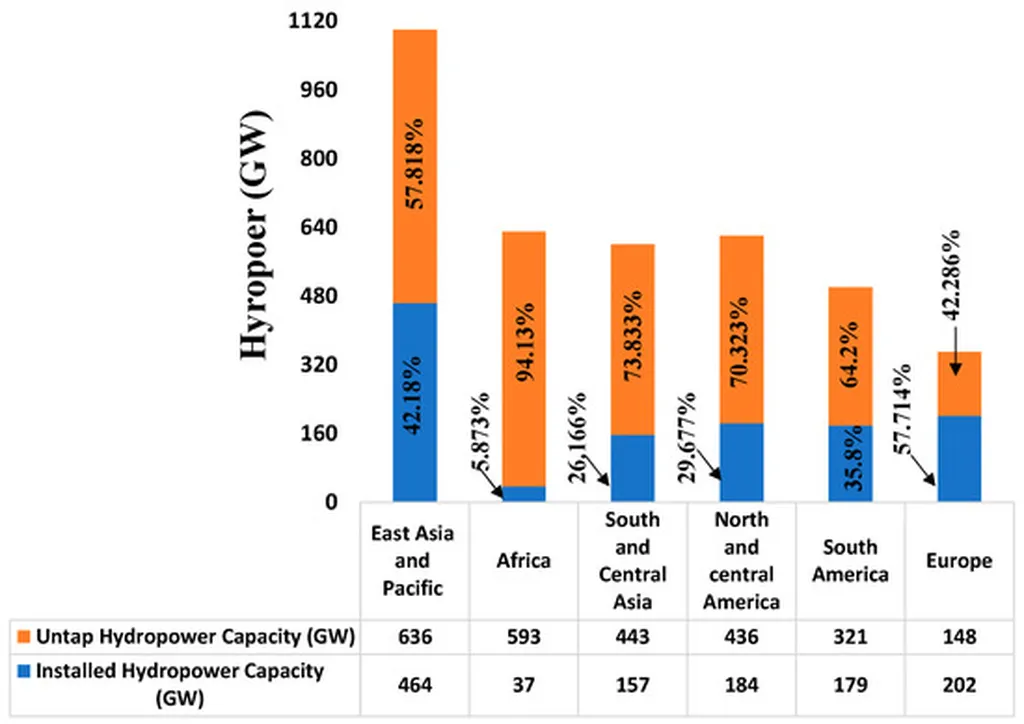In the heart of Nigeria, researchers are redefining how we understand and manage heat dissipation in industrial applications, with profound implications for the energy sector. Dr. R.A. Oderinu, a distinguished professor at Ladoke Akintola University of Technology in Ogbomoso, has led a groundbreaking study that delves into the intricate world of annular fins, components crucial for heat exchange in various energy systems. The research, published in Results in Materials, which translates to “Results in Materials” in English, promises to revolutionize how engineers approach thermal management.
Annular fins, ring-shaped extensions that increase the surface area for heat dissipation, are ubiquitous in heat exchangers, power plants, and even in the cooling systems of our cars. However, their efficiency has long been a subject of debate, particularly when it comes to their temperature-dependent emissivity—the ability to radiate heat. Traditional models often assume a constant emissivity, but Dr. Oderinu’s work challenges this simplification.
The study focuses on the distribution of temperature and thermal stress in annular fins, incorporating a power law to account for both linear and non-linear relationships in temperature-dependent emissivity. This approach allows for a more accurate reflection of real-world conditions, where emissivity varies with temperature. “An increase in the order of nonlinearity in emissivity results in more heat dissipation from the system,” Dr. Oderinu explains. “This also causes more radial stress to the fin, accurately reflecting the practical phenomenon that a constant form may not capture.”
The research team developed an energy balance equation, scaled it using appropriate dimensional variables, and solved the resulting dimensionless equation using a partition minimization technique. The results, presented in the form of a polynomial, were highly consistent with existing literature, validating the efficacy of their approach.
The implications for the energy sector are significant. By understanding and optimizing the thermal behavior of annular fins, engineers can design more efficient heat exchangers and cooling systems. This could lead to improved performance and reduced energy consumption in power plants, industrial processes, and even in the cooling systems of electric vehicles.
Dr. Oderinu’s work also highlights the importance of considering thermo-physical properties in the design process. “These properties have a direct impact on both the temperatures of the fin and the stress associated,” he notes. This insight could pave the way for the development of new materials and designs that can withstand higher temperatures and stresses, further enhancing the efficiency and reliability of energy systems.
As the world grapples with the challenges of climate change and the need for sustainable energy, research like Dr. Oderinu’s offers a beacon of hope. By pushing the boundaries of our understanding of thermal management, we can strive towards a future where energy is used more efficiently and sustainably. The study, published in Results in Materials, is a testament to the power of scientific inquiry and its potential to shape the future of the energy sector. As engineers and researchers continue to build on this work, we can expect to see significant advancements in the field, driving innovation and progress in the years to come.

